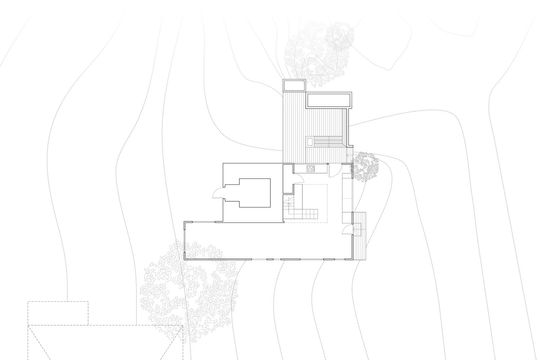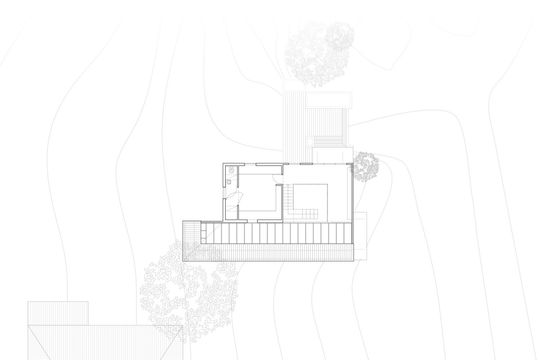A House for Hermes is the outcome of a collaboration between the architect - Andrew Simpson Architects and a client working as an artist and landscape architect. Sited on the northwest edge of Phillip Island, the project converts a heritage-listed chicory kiln into the couple’s residence...
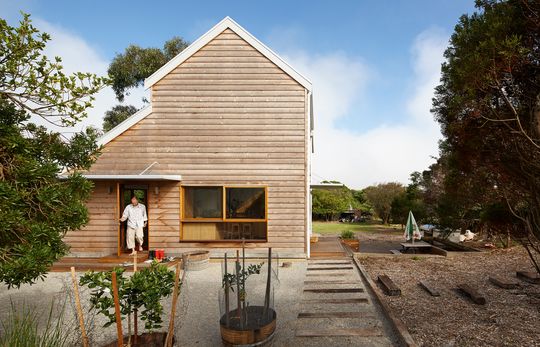
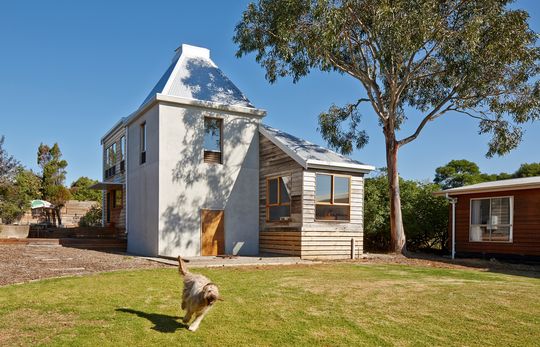
In keeping with the collaboration between architects and artist, the design of the house has a strong conceptual framework. The design is part of an ongoing exploration of what might constitute 'home' or 'place' in a world where prevailing conditions are of speed, dynamism and change. This conceptual framing extended from an earlier art installation undertaken by the client that was exhibited at TarraWarra Museum of Art in 2007.
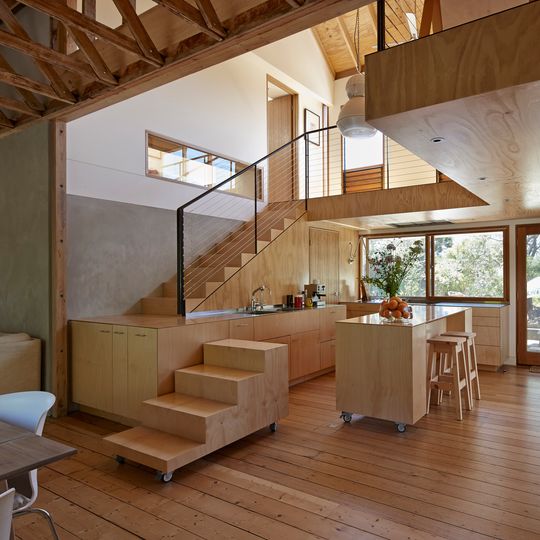
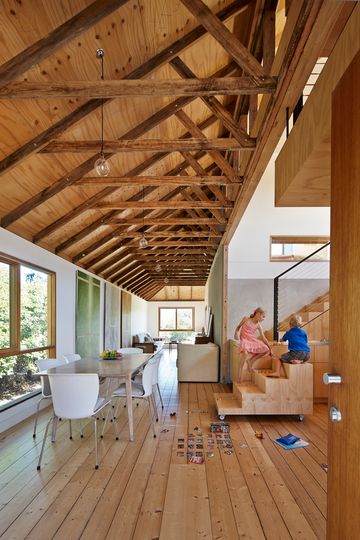
The playful nature of the house centres around its flexibility. Elements such as the kitchen joinery and the base of the staircase can be moved to redefine and transform the spaces.
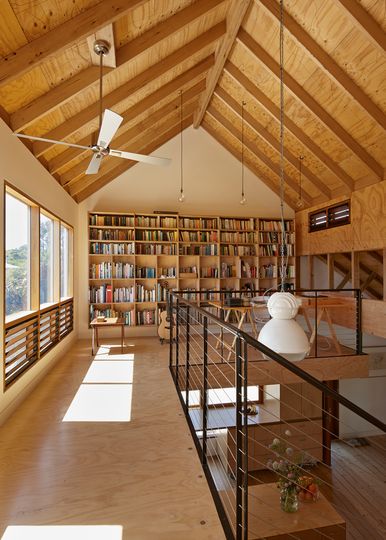
Passages are wider than usual, meaning they can also be living spaces - a play area or a reading nook, perhaps? The internal spaces are contiguous and interlocking, but defined by changes in level and roof height. While the fun staircase recalls Georges Perec’s question, “We should learn to live more on staircases. But how?”
The house has a sense of 'open-endedness' and possibility thanks to its flexible layout.
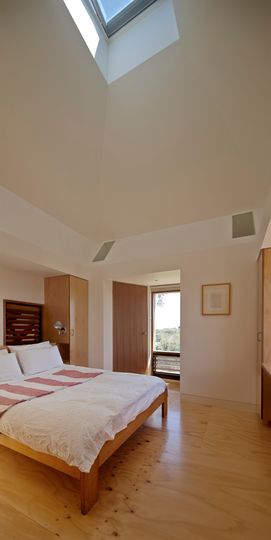
The kiln is one of three buildings set within a large coastal property adjacent to protected wetlands. The Coldon home (a guest house and artist studio) and Setters Cottage (sewing studio) provide complementary amenities to the main house and, along with an outdoor bathroom, encourage the use of the surrounding landscape.
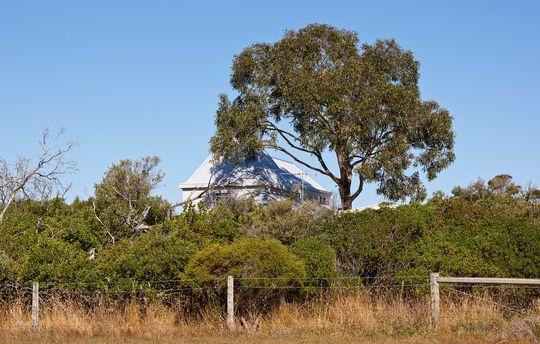
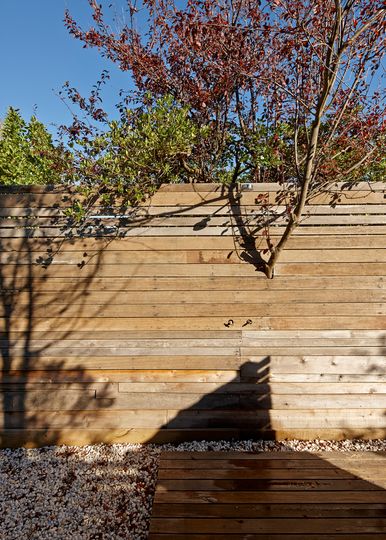
The original heritage building is one of the few example of early 20th century chickory kilns on the Island constructed from concrete. Substantial rebuilding and restoration work to the concrete was required due to significant structural cracking and spalling, which was undertaken through the use of insitu reinforced shotcrete.
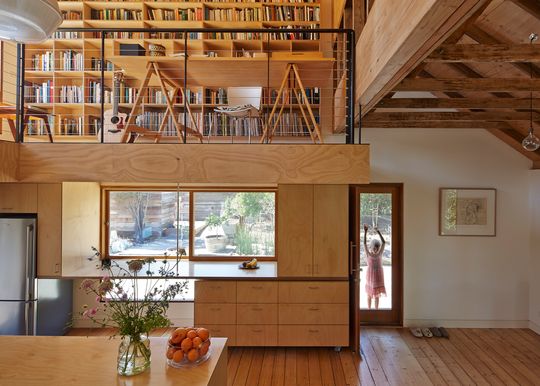
The decking on the north side of the kiln is integrated with a large concrete retaining wall and water trough that was originally built as part of the industrial function of the building and has now been tanked and refilled with water to provide a means of passive cooling.
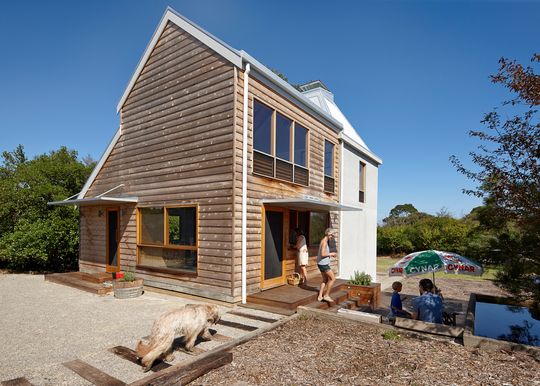
The project was delivered on a tight budget. Including the external deck areas the final building cost came in under $3000/m².
